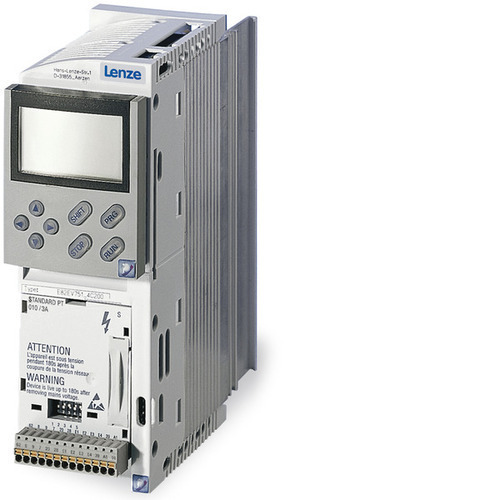Posted on 7th Feb 2024

Adjusting elevator brakes is a critical maintenance task to ensure the safe operation of elevators. CM Industry Supply Automation Lenze Drive & Keb Drive supplier share the fundamental processes and tools commonly used for elevator brake adjustment:
Processes:
Safety Precautions: Before performing any maintenance on elevators, it's essential to follow safety protocols. This includes shutting down power to the elevator and securing it against accidental movement.
Accessing the Brake Assembly: Gain access to the elevator brake assembly. This may involve removing covers or panels to reach the brake mechanism.
Visual Inspection: Perform a visual inspection of the brake components to check for any signs of wear, damage, or misalignment. This includes inspecting brake pads, springs, levers, and adjustment mechanisms.
Measuring Brake Clearance: Measure the clearance between the brake pads and the brake drum or disk. This clearance should be within specified tolerances to ensure proper brake engagement and release.
Adjusting Brake Clearance: If necessary, adjust the brake clearance using the appropriate adjustment mechanism. This may involve turning adjustment screws or nuts to increase or decrease the clearance.
Testing Brake Operation: After adjusting the brake clearance, conduct tests to ensure that the brakes engage and release properly. This may involve manually operating the brake mechanism or testing it with the elevator in motion.
Documentation: Keep detailed records of brake adjustments, including the date, technician's name, and any measurements taken during the process. This documentation is essential for tracking maintenance history and ensuring compliance with regulations.
Tools:
Wrenches: Different sizes of wrenches may be needed to loosen or tighten bolts and adjustment mechanisms.
Calipers or Feeler Gauges: These tools are used to measure the clearance between brake pads and drums/disks accurately.
Screwdrivers: Flathead or Phillips screwdrivers may be required to access adjustment screws or to remove covers and panels.
Brake Adjustment Tools: Some elevators may require specialized tools for adjusting brake mechanisms. These tools are designed to fit specific adjustment points and ensure precise adjustments.
Safety Equipment: Personal protective equipment such as gloves, safety glasses, and hearing protection should be worn when working on elevator brake systems.
Documentation Tools: Pen, paper, or digital devices for recording maintenance activities and measurements.
Flashlight: A flashlight may be needed to inspect brake components in poorly lit areas of the elevator shaft.
Lubricants: Depending on the type of brake system, lubricants may be needed to ensure smooth operation of moving parts.
Lockout/Tagout Equipment: Locks, tags, and other devices used to secure power sources and prevent the elevator from being accidentally turned on during maintenance.
By following these processes and using the appropriate tools, elevator technicians can safely and effectively adjust elevator brakes to ensure the smooth and reliable operation of elevator systems.